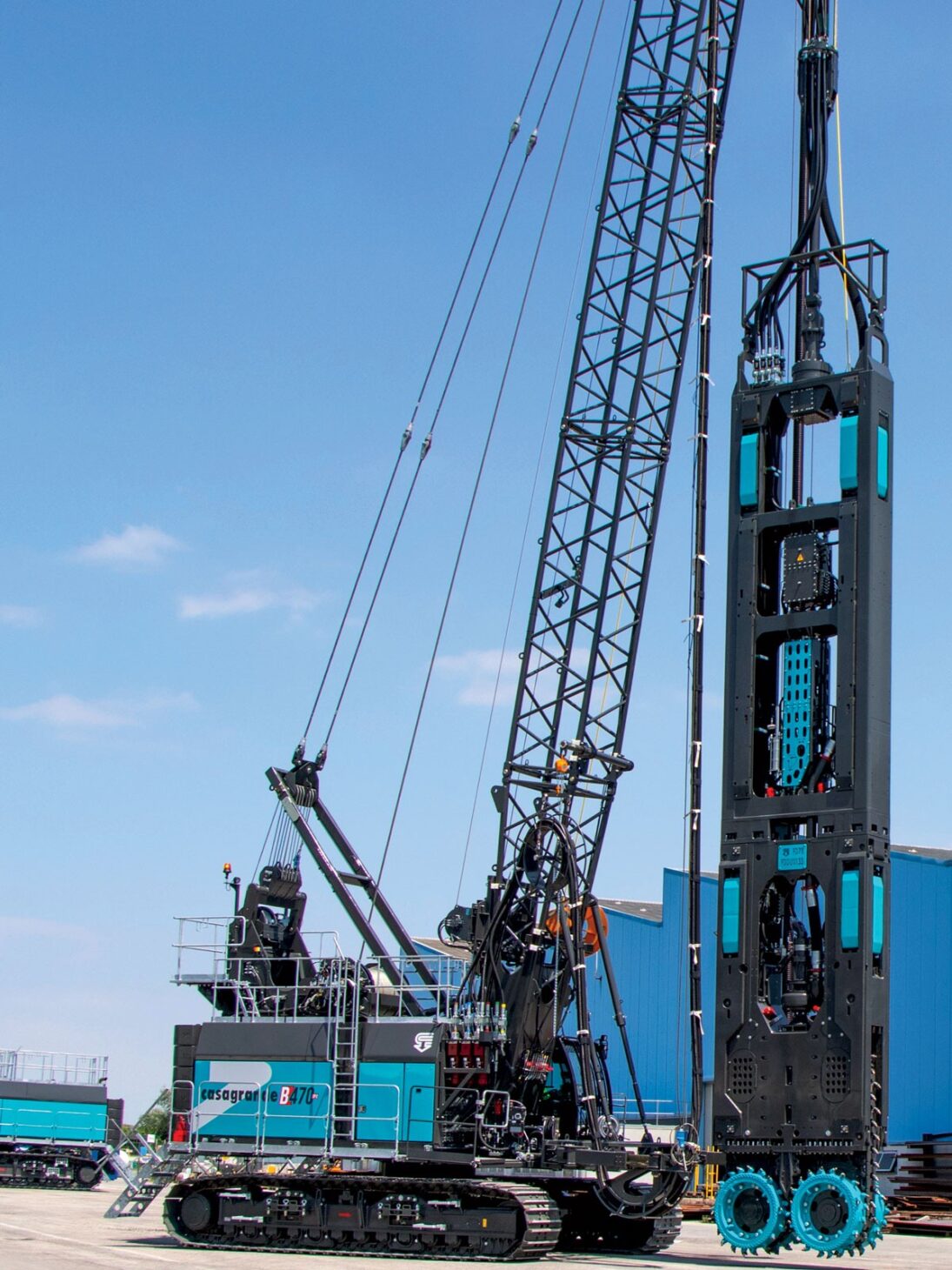
Vancouver-based Tarrier, a company that provides solutions for construction, excavation and piling projects, recently celebrated its 31st anniversary and shows no signs of slowing down. Formed in 1991 by Kazem Siamaki’s father, who then passed it down to Siamaki in later years, the company thrives in its ability to provide innovative building solutions to its clients.
Company history
In 1989, Siamaki was approached by a representative from Soletanche Bachy – a leader in foundations and soil technologies with operations around the globe – which led to the purchase of equipment that officially marked the start of Tarrier in Tehran, Iran. The company’s first project came two years later in 1991, which marked the start of many piling and shoring projects.
“After a few years of experience in the industry, Tarrier was given the opportunity to build a concrete reinforcing bridge as a subcontractor,” said Siamaki. “This project and the experience opened the doors for the company and gave us the opportunity to design and build multiple major bridges and highways all over Iran and the Middle East.
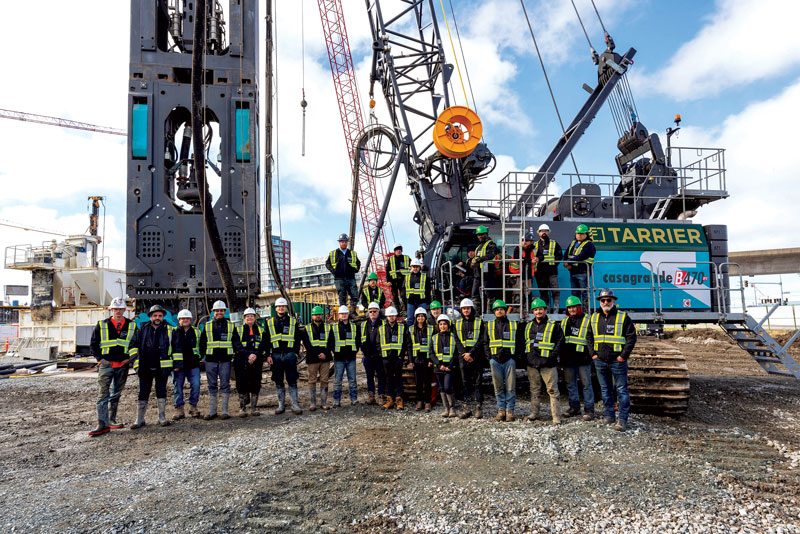
“Simultaneously, we had moved on to focus on mining jobs and the exporting of mining minerals.”
Fast forward to 2009, when Tarrier broadened its scope of work and expanded to Canada, starting with the opening of branches in Quebec and Ontario. Then, in 2019, we expanded further and opened the doors to our Vancouver branch, where we focused on piling, shoring, civil work and infrastructure to help and build up construction in Canada using past knowledge and experience gained in this industry worldwide.”
Tarrier has over 50 employees with plans to add more. At present, most of the company’s projects are primarily in British Columbia, with multiple jobs throughout the Lower Mainland.
Casagrande FD70 Hydromill
In 2021, Tarrier purchased a Casagrande FD70 Hydromill, adding this new machine to its growing fleet of equipment. “This newest technology on the West Coast – the diaphragm wall – allows us to create permanent walls with high speed, cost-cutting and time-saving for our clients,” said Siamaki.
The Casagrande Hydromill FD70 can complete a wide range of special foundations. Ideally, the Hydromill should be used in the following locations and applications:
- Very difficult soil or bedrock
- Areas that require deep excavation
- Deep structures and verticality
- precision requirements
- Sensitive areas such as vibration-noise pollution
- Urban projects in congested areas
- Areas with a high-water table
The Hydromill was designed to match today’s demands of diaphragm wall construction. With its patented system for providing a reliable panel interlock, this machine is a perfect fit for constructing diaphragm walls where seepage control is crucial. It can be used in a wide range of ground conditions from soft soils to bedrock. The soil, or rock, is milled by the cutting wheels from the bottom of the deep trench and continuously mixed with slurry and removed by a powerful pumping system.
“This newest technology on the West Coast – the diaphragm wall – allows us to create permanent walls with high speed, cost-cutting and time-saving for our clients.”
– Kazem Siamaki, Tarrier
“In many coastal areas of British Columbia – including many regions of Greater Vancouver, such as Richmond, Delta, Vancouver South, and some areas of North Vancouver, and Coquitlam, the presence of high groundwater level necessitates the use of cut-off walls to allow for below-grade construction,” said Siamaki.
“Currently, in these areas the concept is typically to construct the building foundation walls against the temporary cut-off walls. The idea of diaphragm walls, which has been implemented in many projects in the United States, Europe, and the Middle East over the past 20 years, is to combine the temporary cut-off wall system and the permanent walls as a cost-effective and time-saving solution which eventually brings the overall project towards a high level of efficiency. Our team is very enthusiastic to bring this technology to our construction industry, which reduces the overall construction cost for underground structures, particularly in the regions where the groundwater level is high.”
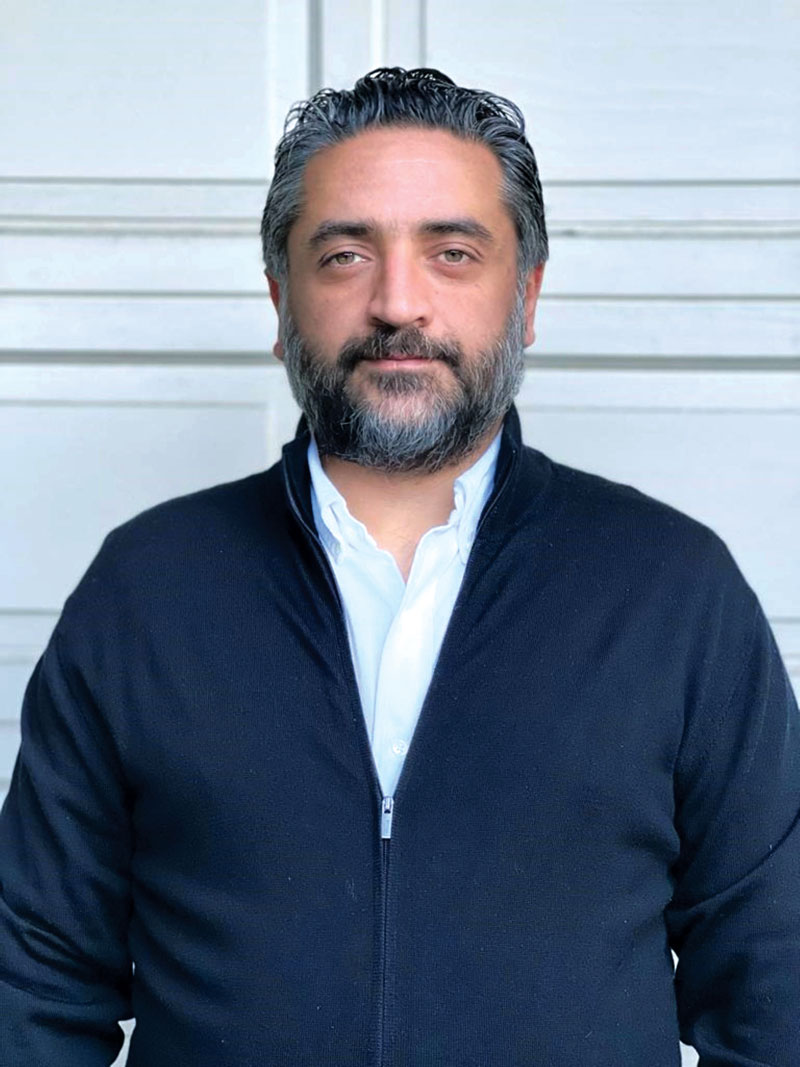
Essentially, the Hydromill is suitable for any groundwater control project in a wide range of ground conditions, including soft soils to bedrock. A selection of cutters is available to match every condition and demand of different wall widths, and can be accommodated by changing the cutter wheels’ interchangeable guides. Permanent diaphragm walls, constructed by the Hydromill, provide a great level of seepage control with its interlocking panels and high-precision verticality adjustment system, and many other features that are embedded into this sophisticated machine.
Tarrier’s first experience with this impressive piece of equipment was for a project in Richmond that included a 75-foot-deep diaphragm cut-off wall with a 25-foot-deep bulk excavation that would be 20 to 22 feet below the local groundwater level in sandy soil conditions.
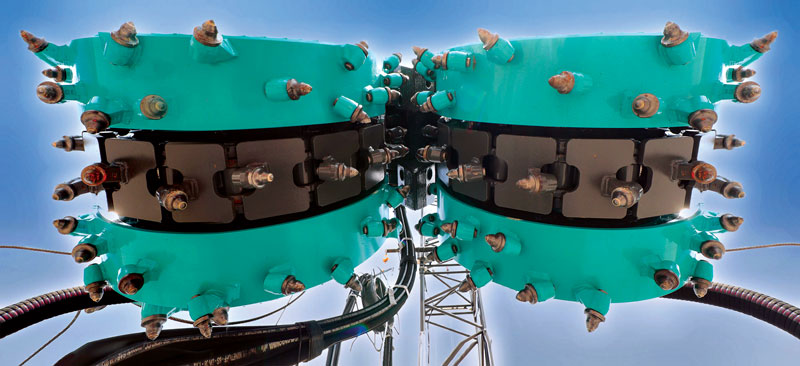
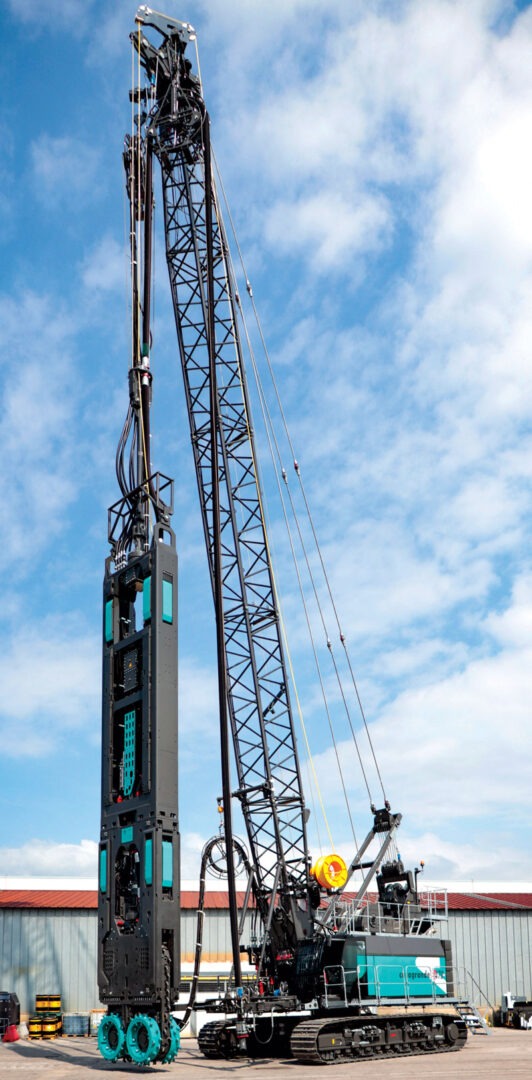
“Although this project is intended to be completed as a temporary cut-off wall, our team of specialized engineers, field crew and operators are gearing up to construct a wall with the general concept of diaphragm walls to demonstrate a great level of seepage control, aiming to start the construction of diaphragm walls in the Greater Vancouver Area,” he said. “We have an engineering team with 20-plus years of experience in the design and construction of the diaphragm walls in the United States, and we are investing to bring this technology to British Columbia.”
As for other companies that are interested in the FD70 Hydromill, Siamaki said, “I am of the opinion that our engineers who are practising in our local industry should step in and support the idea of diaphragm walls as a great solution with huge cost-saving measures for our construction industry. Seminars, technical talks and conferences should be hosted in British Columbia with the topic of diaphragm walls to give more insight to our local designers about the great advantages of these systems in both urban projects and large industrial projects such as dam constructions.”
What’s next?
As for what the near future holds for Tarrier, the company will continue to perform challenging projects. Siamaki said, “We also plan to further advance our service in British Columbia, and branch out to other provinces across Canada, with our trusted partners in the engineering, procurement and construction industries.”